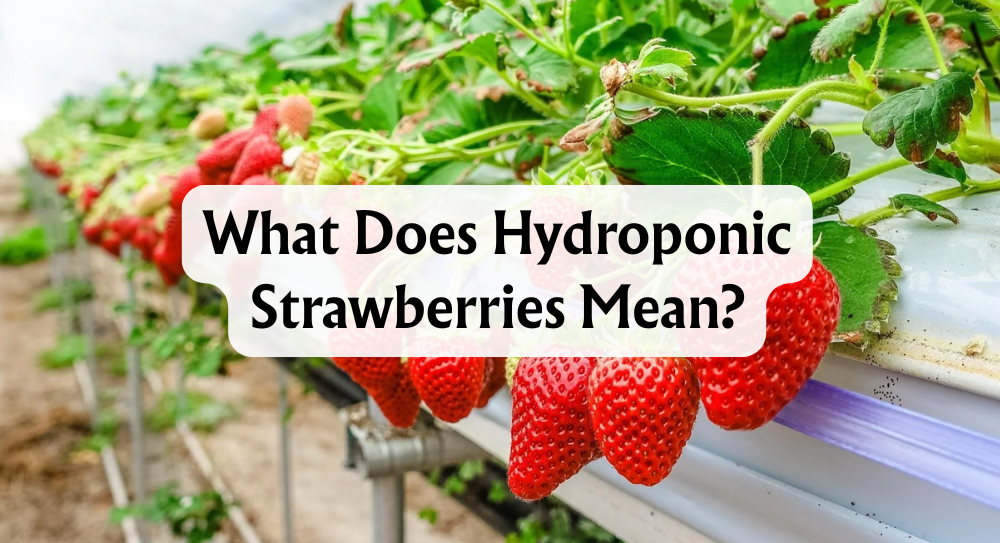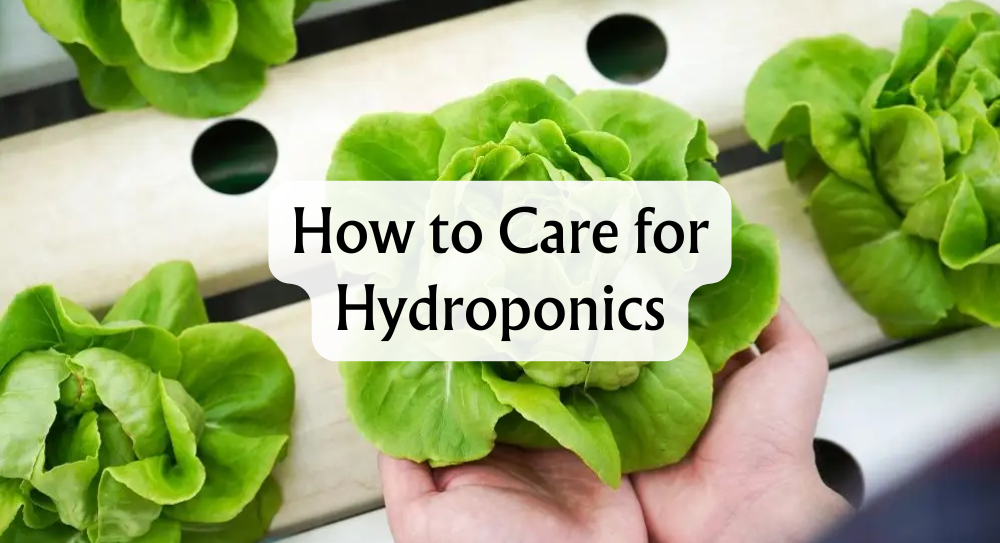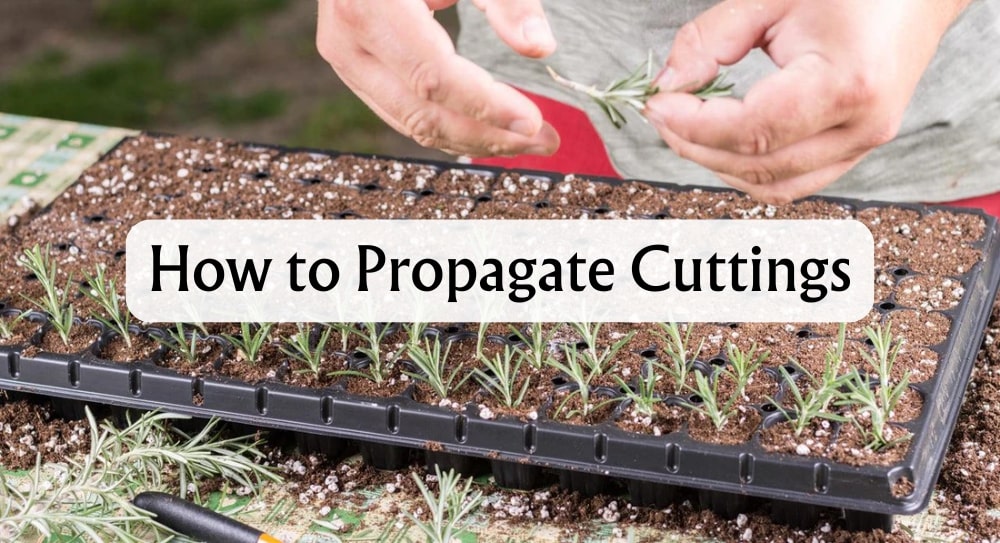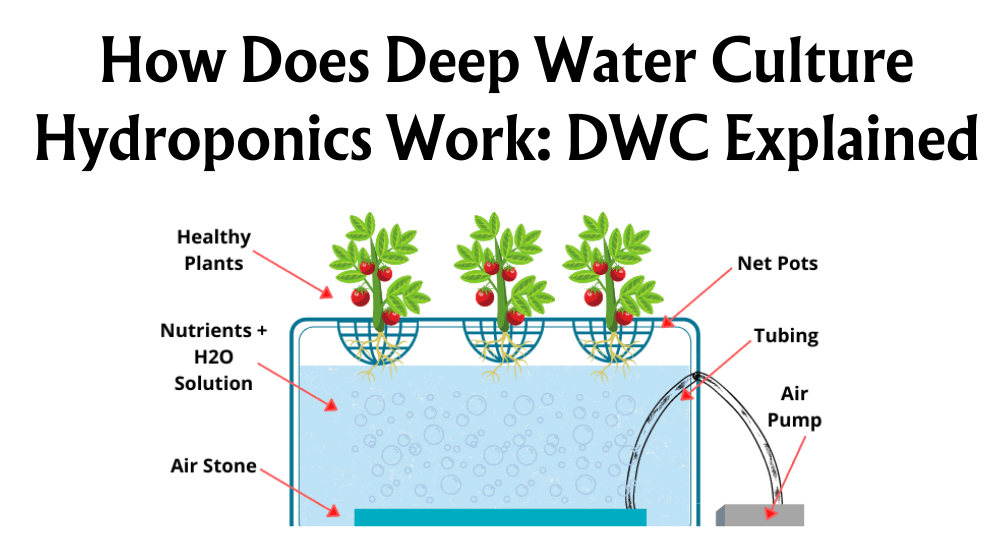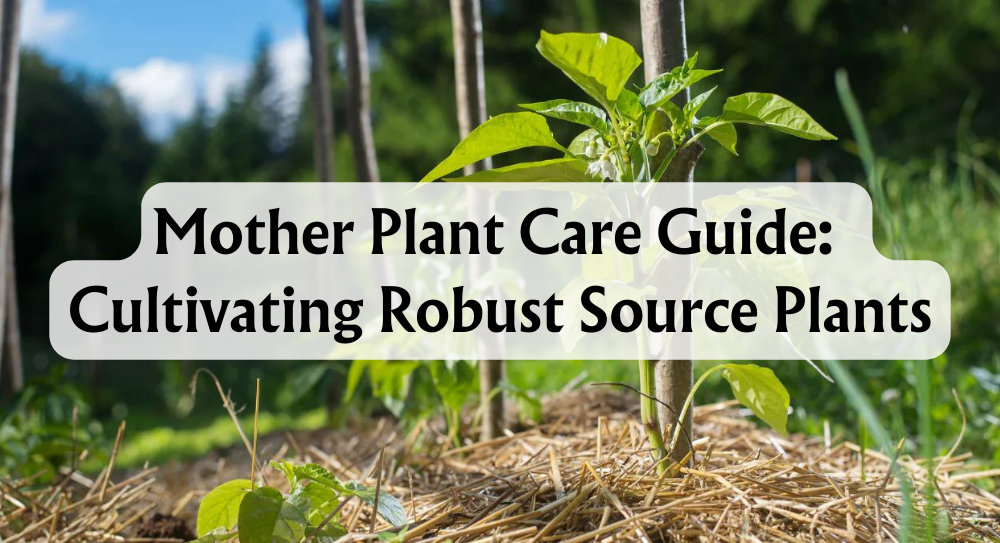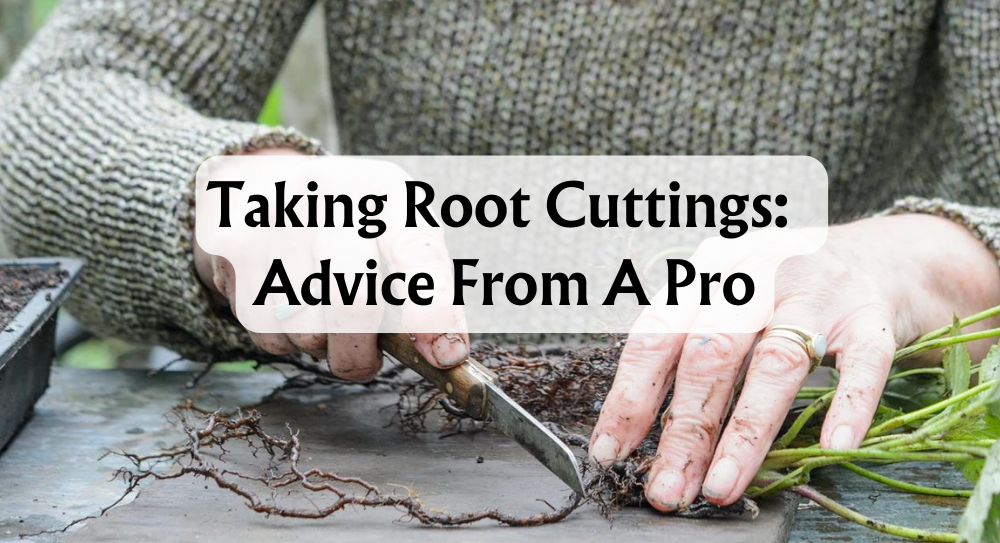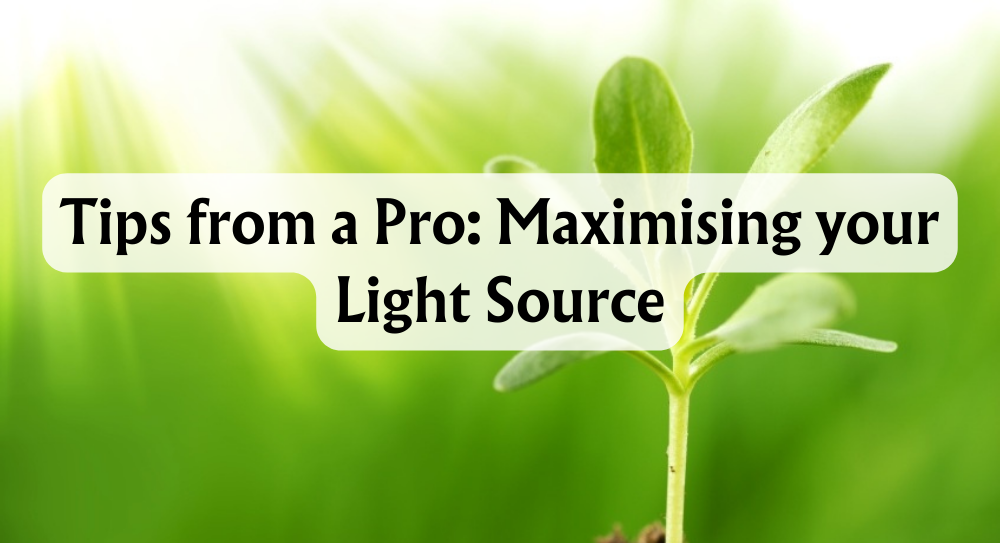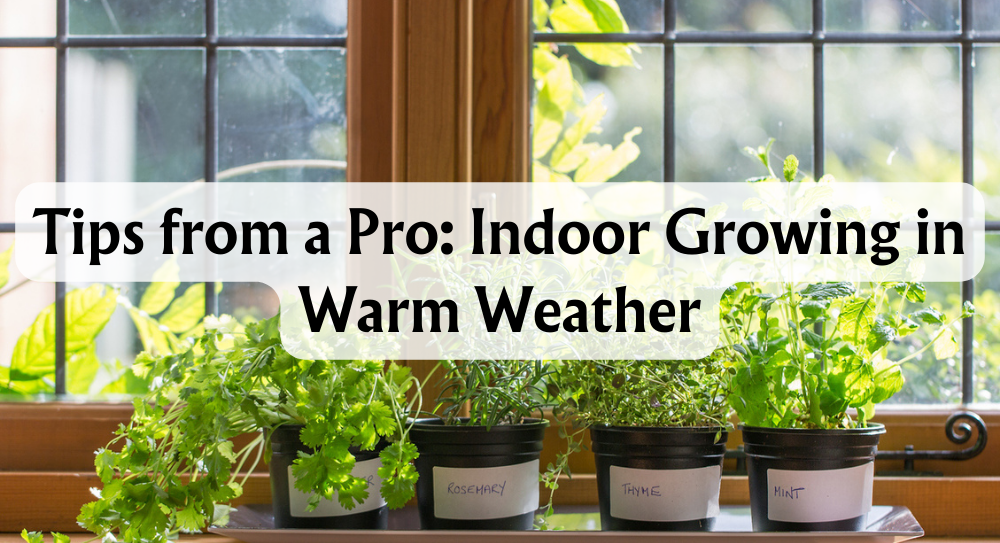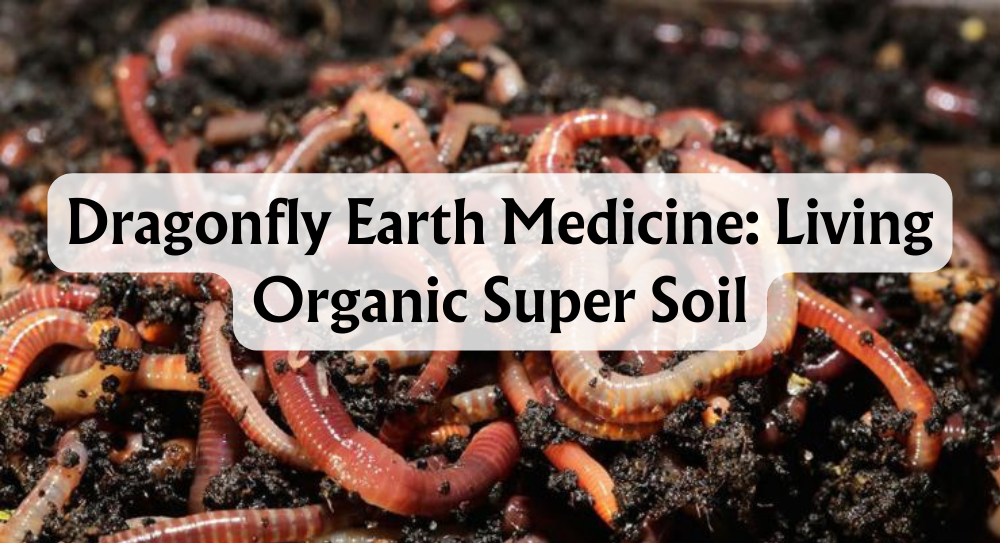Hydroponic strawberries have become a fascinating new frontier in food production. By growing strawberries without soil, we can fine-tune nutrient delivery, leading to healthier plants and larger harvests. This innovative method allows us to bypass the typical challenges of soil farming, offering a controlled environment indoors where fruit production can thrive.
In our increasingly urbanised world, hydroponics holds the potential to transform how we feed growing cities. With no need for extensive farmland, strawberries can be cultivated in spaces such as rooftops and basements. This not only maximises space but also reduces exposure to soil-borne diseases and pests, contributing to pesticide-free produce.
We are also embracing the opportunity to cultivate larger and tastier strawberries. The ability to control factors like humidity, light, and nutrients ensures the ideal conditions for growth. Join us as we explore the varied hydroponic systems and how they match up against traditional soil-growing methods.
Key Takeaways
- Hydroponics enables growing strawberries without soil.
- This method allows precise control over plant conditions.
- Hydroponic strawberries can be grown in urban environments.
Can You Grow Strawberries Hydroponically?
Yes, we can definitely grow strawberries hydroponically.
Hydroponic gardening involves growing plants in nutrient-rich water solutions instead of soil. It provides strawberries with all the necessary nutrients directly to their roots. This method can be adapted for both indoor and outdoor growing.
One of the significant advantages of hydroponic agriculture for strawberries is year-round growth. We can control the environment to maintain optimal conditions regardless of external weather. This means fresh strawberries throughout the year.
Space efficiency is another benefit. Vertical systems allow us to grow strawberries in limited spaces. It's perfect for urban gardening where space is a premium.
Pest problems are notably reduced without soil. Hydroponic farming decreases the need for pesticides, ensuring healthier fruit.
Common challenges include monitoring pH levels and ensuring the water's nutrient content is balanced. Investing in quality sensors and timers can help us overcome these issues. Suitable systems like Nutrient Film Technique (NFT) or Deep Water Culture (DWC) also support robust strawberry growth.
There are successful examples of hydroponic strawberry farms. For instance, some commercial farms implement large-scale hydroponic systems to produce high yields efficiently.
Overall, hydroponic gardening offers a modern approach to growing strawberries, making it accessible and efficient for many of us.
What Are The Best Hydroponic Systems For Growing Strawberries?
When it comes to growing strawberries hydroponically, choosing the right system is crucial. Our focus is on how different systems suit your needs, factoring in space, budget, and maintenance requirements.
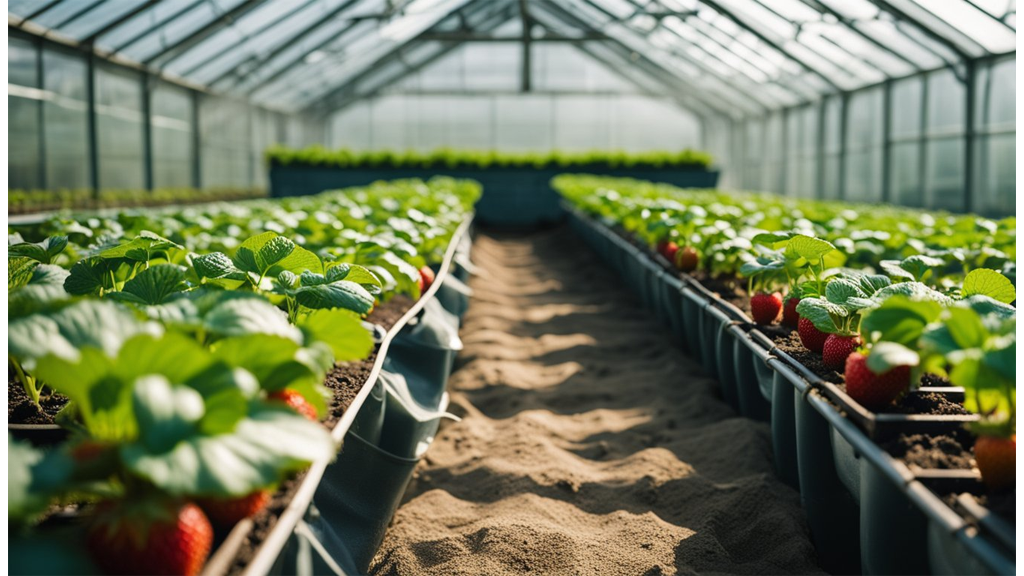
N.F.T
The Nutrient Film Technique (NFT) is a popular choice for hydroponic strawberries. In this system, a thin film of nutrient-rich water flows continuously over the roots. This allows precise control over nutrients and oxygen, crucial for healthy strawberry growth.
Pros of the NFT system include efficient use of water and nutrients, and less growing medium is required. However, the system is sensitive to power outages or pump failures, as roots can quickly dry out. To maximise efficiency, regularly monitor water levels and keep the channels free from blockages. When it comes to growing medium, options like rockwool or perlite can be beneficial as they provide good drainage and aeration. Vertical growing can also be employed with NFT, saving space and enhancing productivity.
Ebb & Flow
Ebb & Flow, also known as flood and drain, involves intermittently flooding the grow bed with nutrient solution, which then drains away. This creates a fluctuating oxygen environment for the roots, promoting robust growth.
Advantages of the Ebb & Flow system include less frequent maintenance since there's no constant water flow, plus it allows various growth media, such as clay pebbles or coir. One downside can be the initial setup cost and a requirement for more space compared to the NFT system. To achieve success with this method, setting precise flood timings and maintaining a regular cleaning schedule of the system is essential to prevent root rot. A real-life example involves commercial farms employing Ebb & Flow to achieve consistent yields, appreciating the balance it offers between low maintenance and effective growth.
Hydroponic Strawberries Vs Soil Growing
When we talk about growing strawberries, two main methods stand out: hydroponic and traditional soil techniques.

Water Usage:
Hydroponic systems significantly optimise water usage. They recycle water, which reduces waste and enhances water quality. In contrast, traditional soil methods may see higher water consumption due to runoff and evaporation.
Growth Rate:
With hydroponics, strawberries often grow faster. Nutrient delivery is more direct, allowing the plants to uptake nutrients efficiently. This can lead to quicker fruiting compared to soil-grown ones.
Diseases and Pests:
Hydroponic systems can limit common soil-borne diseases, including root rot, due to the absence of soil. This gives an edge in pest control since pests and diseases that thrive in soil are less of an issue.
Taste and Nutritional Differences:
Some believe hydroponic strawberries can match or surpass the nutritional content of soil-grown varieties, particularly in Vitamin C content. Taste is subjective, but many find both equally delicious.
Environmental Impact:
Growing hydroponically can be more sustainable. The controlled environment in hydroponics reduces the need for pesticides and supports cleaner production of edible plants. Soil farming might require more natural resources and can impact local ecosystems.
Using these methods, we explore new ways to enjoy this beloved fruit while addressing challenges like water conservation and pest management. Let's continue to innovate and learn from both techniques to find what works best for our environment and taste buds!
Top Strawberry Varieties For Hydroponics
Selecting the right strawberry variety for hydroponics can significantly impact plant growth and yield. Quinault, Albion, and Seascape are three varieties known for their adaptability to hydroponic systems. Each offers unique benefits in terms of taste, yield, and resilience.
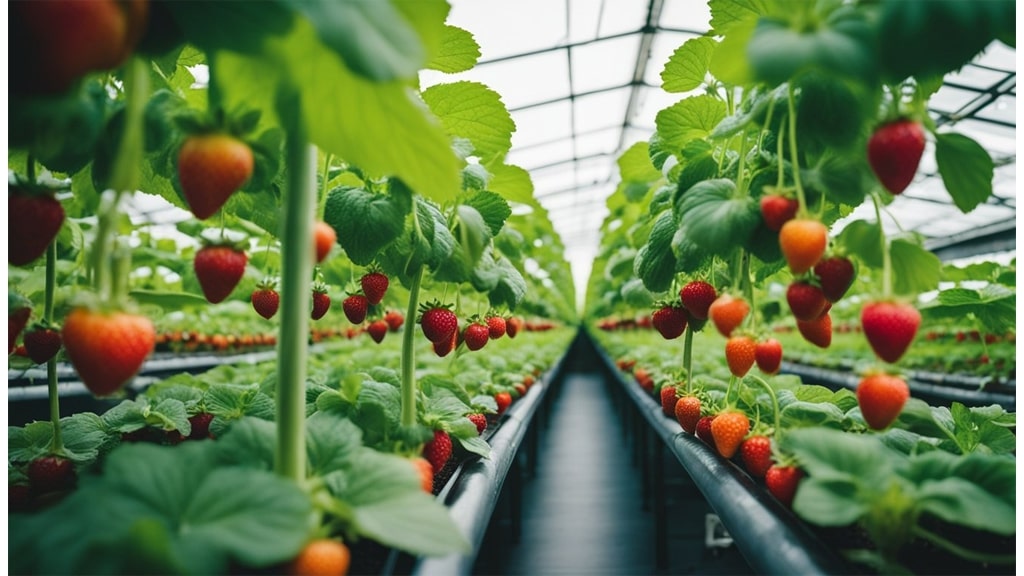
Quinault
The Quinault strawberry is a popular choice for hydroponics due to its ability to produce large, flavourful berries. It's an everbearing variety, which means it can yield fruit multiple times a year. This makes Quinault particularly appealing for those looking to maximise their harvests.
When it comes to growing conditions, Quinaults thrive with a consistent nutrient supply and stable temperatures. In hydroponics, the plant roots are efficiently supported, promoting vigorous growth.
The yield is typically generous, with berries offering a sweet taste and often used for fresh consumption or in desserts. With proper care, Quinault strawberries can be a rewarding addition to any hydroponic setup.
Albion
Albion strawberries stand out for their robust disease resistance, making them a resilient choice for hydroponic systems. They also exhibit high tolerance to different environmental conditions, allowing for easier cultivation.
The growth rate for Albion is steady, and they tend to produce high yields of firm berries. These strawberries are known for their excellent flavour, often described as sweet with a hint of tartness.
In addition to their taste, Albions are valued for their ability to resist common ailments that can affect strawberry plants, thereby reducing maintenance concerns and ensuring a more reliable yield.
Seascape
Seascape strawberries are known for their tolerance to varying climates, making them suitable for diverse hydroponic environments. This versatile nature allows them to be grown year-round in controlled hydroponic conditions.
In terms of maintenance, Seascape strawberries benefit from regular nutrient monitoring to ensure they reach their full potential. Their yield is consistent, producing medium to large berries with a strong aroma and balanced sweetness.
When grown hydroponically, Seascape plants maintain healthy roots and demonstrate robust growth, offering both aesthetic appeal and an abundant harvest.
Choosing Your Variety
When deciding which strawberry variety to grow hydroponically, we must first consider our needs and the environment we have. Hydroponic systems allow us to grow strawberries year-round, and selecting the right variety can maximise our harvest.
Day-neutral strawberries are an excellent option for hydroponic setups. They adapt well to controlled environments, produce continuous fruit, and require less maintenance. Examples include the Seascape and Tribute varieties.
Here's a quick comparison:
| Variety | Yield | Maintenance | Flavour |
|---|---|---|---|
| Seascape | High | Medium | Sweet, juicy |
| Tribute | Moderate | Low | Subtle, mellow |
It's essential to balance yield, ease of care, and taste. Depending on our priorities, we may prefer a variety that offers a sweeter flavour or one that is easier to manage.
Consider mixing different varieties for extended harvests. By planting multiple types, we can enjoy strawberries with varied flavours and textures all year. This also reduces the risk of having a poor yield from a single source.
Many hydroponic systems use seed pods, which simplify planting and help us manage space efficiently. Using these pods, we can start with precise quantities of each variety.
Let's remember to assess our specific conditions and choose accordingly. Our preferences, alongside environmental factors and cultivation goals, will guide us in selecting the best strawberry varieties for our hydroponic journey.
Additional Considerations
When growing hydroponic strawberries, providing the right lighting is crucial. We should aim to give these plants 14 to 16 hours of light each day for optimal growth. This can be achieved using LED grow lights, ensuring plants receive consistent illumination.
Maintaining the right temperature and humidity levels is equally important. For strawberries, the ideal temperature ranges from 18°C to 24°C. Keeping humidity between 60% and 70% helps the plants thrive while reducing the risk of fungal diseases.
Selecting the best nutrient solutions enhances strawberry growth. We recommend a balanced mix with appropriate levels of nitrogen, potassium, and phosphorus. It may be beneficial to adjust these nutrients during different growth stages for the best yields.
Managing pests and diseases in a hydroponic environment requires vigilance. Regularly inspecting plants for signs of pests such as aphids or spider mites helps prevent infestations. Incorporating natural predators or using organic pesticides with caution can be helpful in maintaining a healthy growth system.
Keeping these considerations in mind allows us to cultivate a robust and fruitful hydroponic strawberry garden.
Conclusion
We've explored the fascinating world of hydroponic strawberries, highlighting their reliance on water and nutrients instead of soil. This method grants us unprecedented control over the growing conditions, which can lead to tastier and potentially more nutritious strawberries.
For those of us intrigued by modern agriculture, hydroponics offers a promising avenue. Experimenting with this method can be a rewarding endeavour, whether you're aiming for personal satisfaction or efficient crop production.
Here are a few resources to get us started:
- Books: Consider resources like "Hydroponics for Beginners" for foundational knowledge.
- Online Courses: Websites like Coursera offer courses in hydroponics.
- Communities: Join forums such as Reddit's r/hydroponics to connect with fellow enthusiasts and gain practical advice.
Let's embrace the challenge and experience the joy of growing our own hydroponic strawberries. Who knows? We might just revolutionise our garden and enjoy delicious, fresh fruit along the way!







 Store Locator
Store Locator
